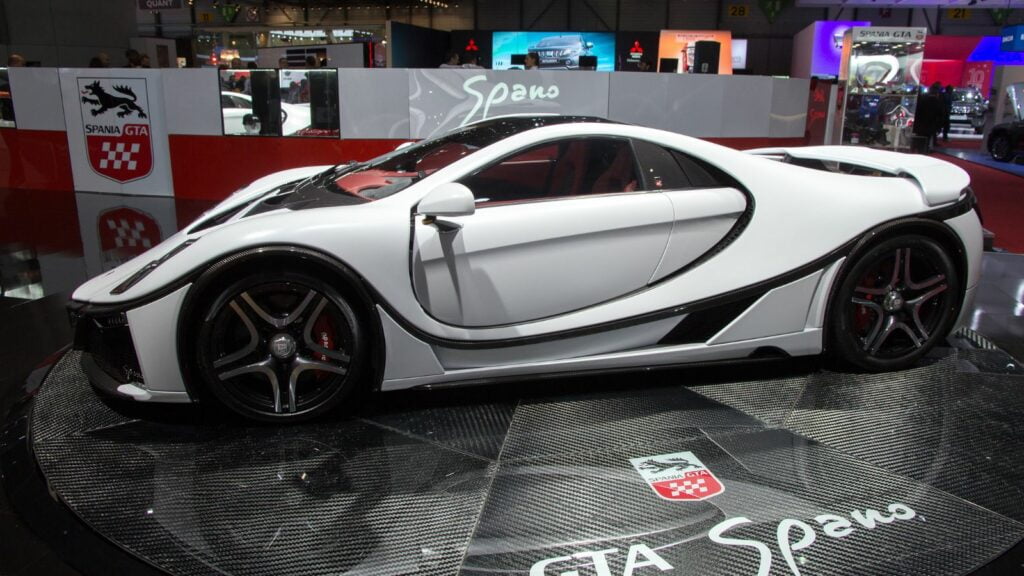Auto shows are a dazzling spectacle where manufacturers strut their finest wheels, eager to woo car lovers, journalists, and investors. It’s a place of glamor, innovation, and, as it turns out, some downright juicy scandals. Here are 15 of the most controversial moments in auto show history
The Ford Pinto Fires at the 1971 Chicago Auto Show
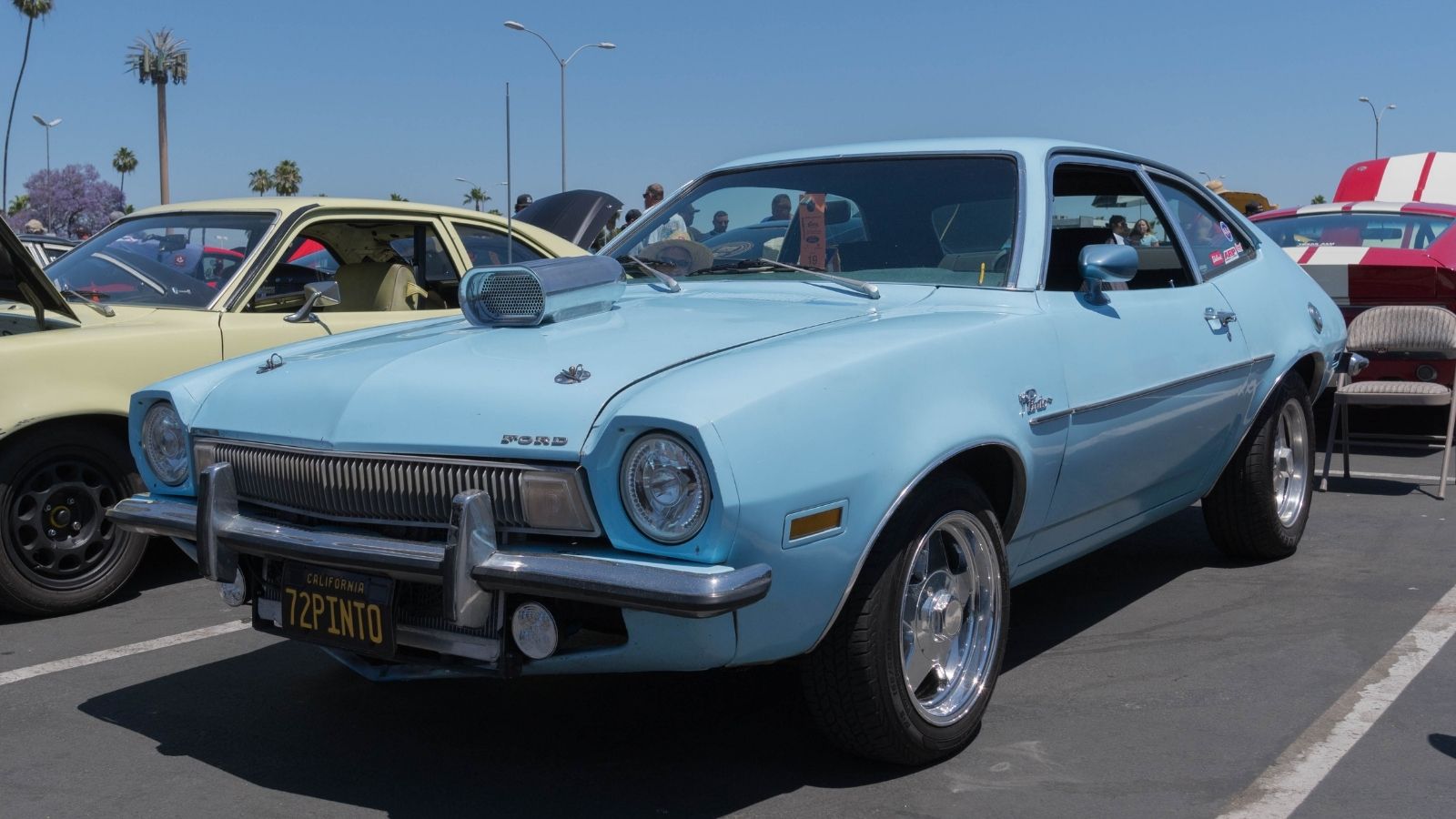
The 1971 Chicago Auto Show wasn’t just another event — it was the debut of the now-infamous Ford Pinto. While Ford proudly showcased their budget-friendly compact car, the model would soon become notorious for a darker reason: Explosive gas tanks. Due to a design flaw, the Pinto tended to burst into flames when rear-ended. This little “oversight” led to hundreds of accidents, numerous lawsuits, and a significant stain on Ford’s reputation.
The DeLorean DMC-12 and Its Cocaine Connection (1981 Los Angeles Auto Show)
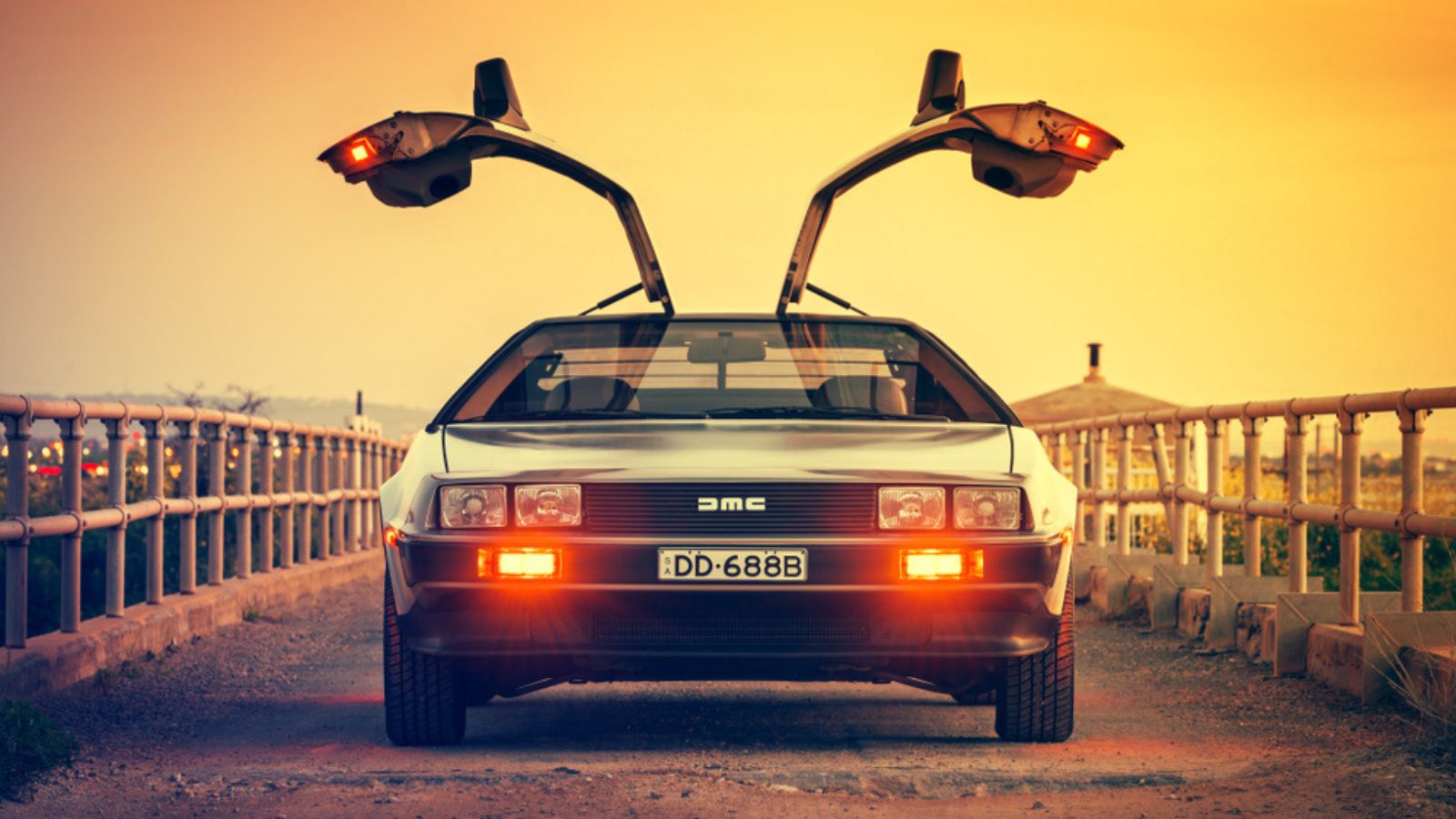
When the DeLorean DMC-12 debuted at the 1981 Los Angeles Auto Show, it was meant to be a beacon of automotive innovation with its futuristic gull-wing doors and sleek stainless-steel body. However, what truly skyrocketed the DeLorean into infamy wasn’t its design — it was the scandal surrounding its creator, John DeLorean. In a desperate attempt to save his company from bankruptcy, DeLorean was caught in an FBI sting operation involving a plot to smuggle $24 million worth of cocaine. “Back to the Future” indeed, but perhaps not quite how John had envisioned.
GM EV1: A Revolution That Wasn’t (1996 Los Angeles Auto Show)

In 1996, General Motors introduced the EV1 at the Los Angeles Auto Show — a fully electric car that many hailed as the future of motoring. But rather than revolutionizing the auto industry, the EV1 was unceremoniously pulled off the roads just a few years later. The controversy? Many believed GM and oil companies conspired to kill the electric car before it could become a real threat to gasoline-powered vehicles. To this day, “Who Killed the Electric Car?” remains a rallying cry for EV enthusiasts.
Chrysler’s “Naked Prowler” Campaign (1997 Detroit Auto Show)
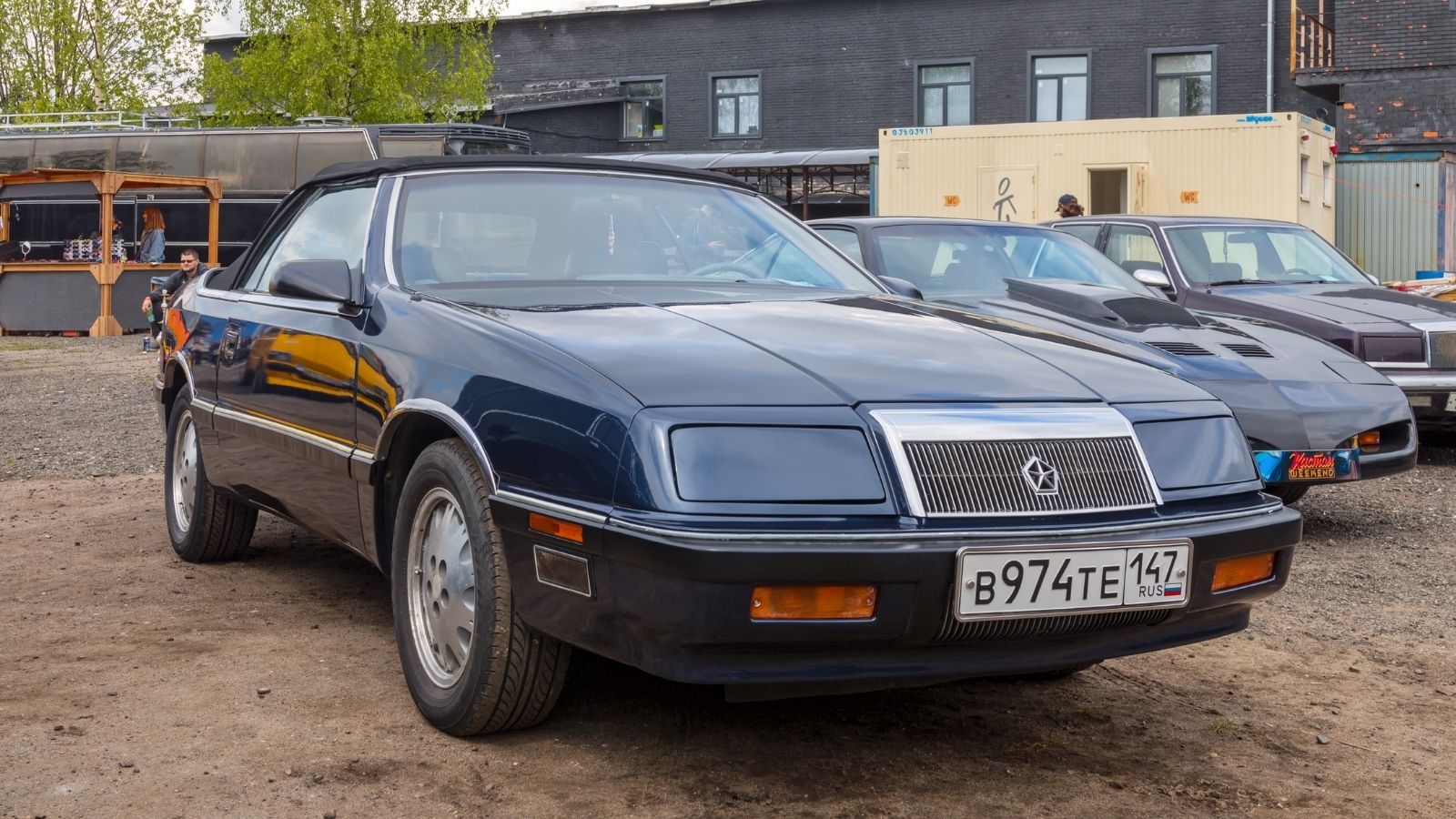
Chrysler decided to push the boundaries of what was acceptable at the 1997 Detroit Auto Show with their “Naked Prowler” campaign. To promote the release of their retro-styled Plymouth Prowler, Chrysler unveiled the car alongside models clad in skin-colored bodysuits, leaving just enough to the imagination to cause quite a stir. The stunt was supposed to highlight the car’s “stripped-down” aesthetics, but it instead sparked debates about the objectification of women in advertising. If the goal was to grab attention, mission accomplished — though perhaps not in the best way.
Tesla’s Cybertruck “Unbreakable” Windows (2019 Los Angeles Auto Show)
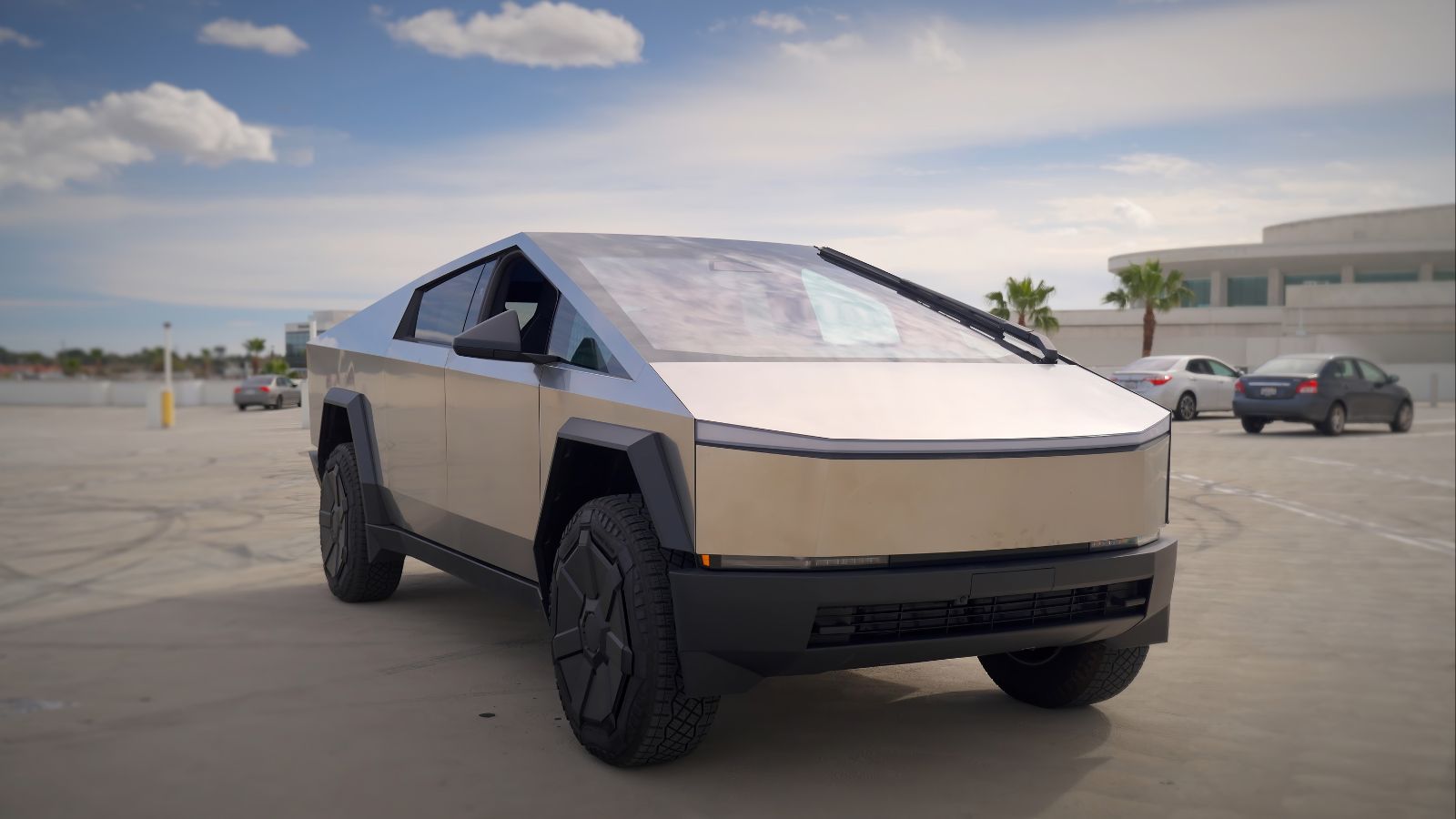
Elon Musk has never been one to shy away from the spotlight, but his 2019 unveiling of the Tesla Cybertruck was one for the history books — for all the wrong reasons. As Musk boasted about the truck’s “unbreakable” windows, his head designer lobbed a metal ball at one of the windows to prove the point. Instead, the window cracked like an egg. Twice. Cue awkward laughter and a flood of memes. Whether it was a planned PR stunt or an honest mistake, the Cybertruck’s debut was the smash hit (literally) that nobody expected.
Ferrari’s Surprise Exit from the Paris Auto Show (2020)
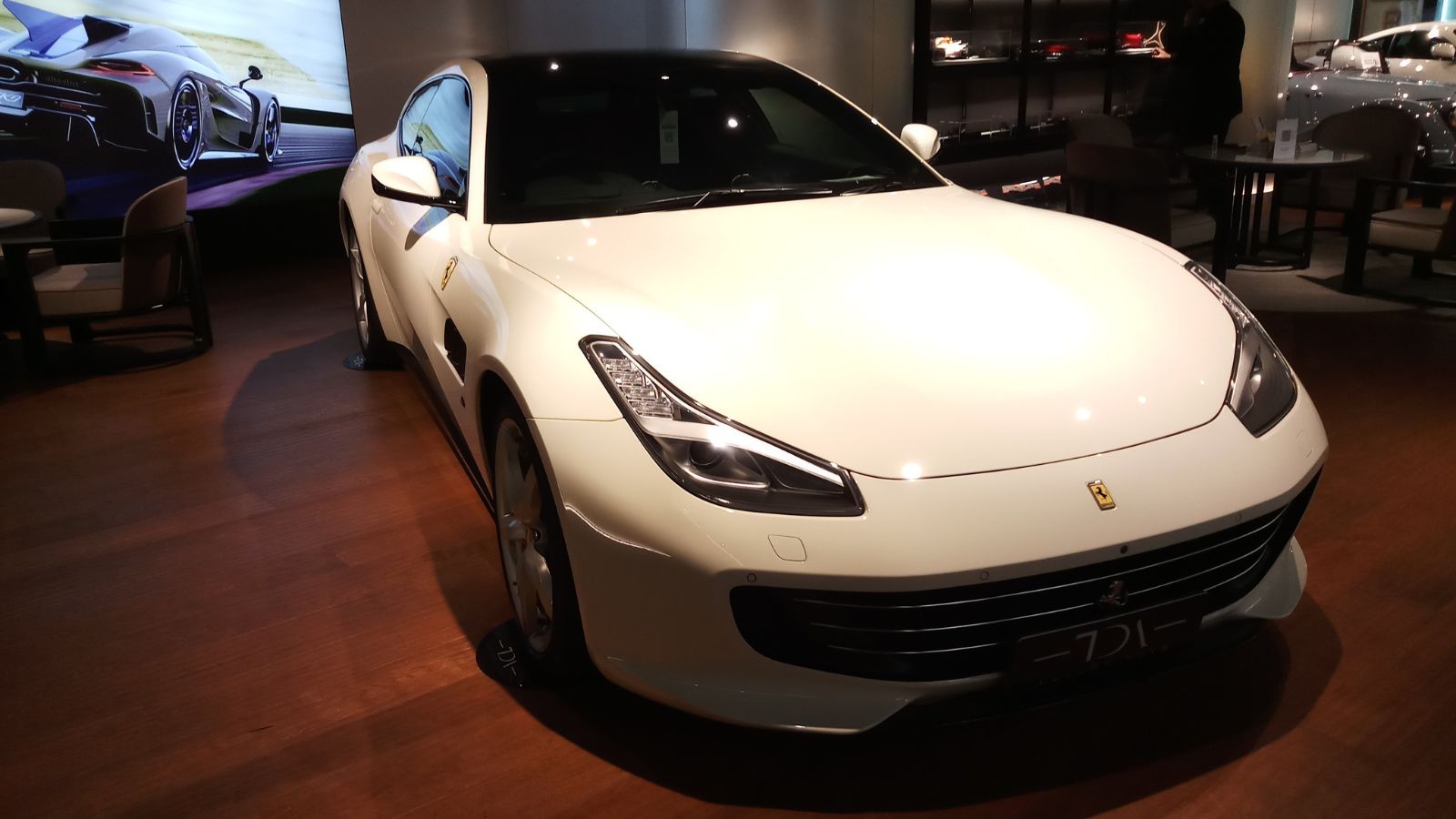
In 2020, Ferrari shocked the auto world by leaving the Paris Auto Show at the last minute. Their reason? Ferrari claimed they wanted to focus on “more exclusive” events to engage directly with their ultra-wealthy clientele. Critics, however, suggested Ferrari was avoiding the increasingly eco-conscious narrative dominating the show floor, as their gas-guzzling supercars weren’t exactly poster children for environmental responsibility. This was a bold move, but one that left many wondering if Ferrari was running from the future of the industry.
BMW’s Face-Lift Fail: The 4 Series Grille Disaster (2020 Geneva Auto Show)
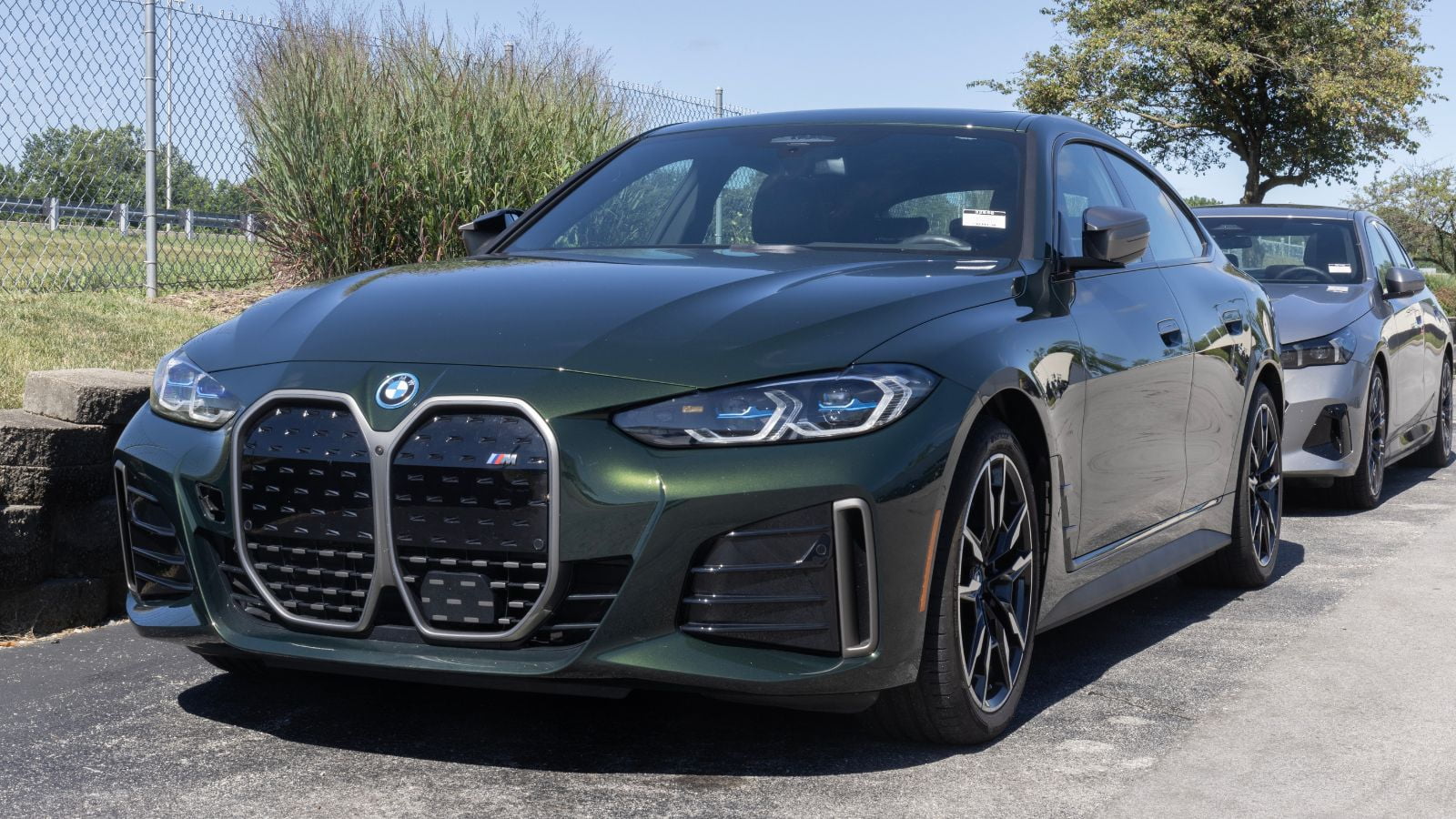
BMW caused quite the commotion at the 2020 Geneva Auto Show with the unveiling of the redesigned 4 Series, notably its “bold” new front grille. The oversized kidney-shaped grilles looked more like an orthodontic overbite than an automotive innovation. The internet, of course, had a field day, with memes comparing the car to everything from cartoon characters to household appliances. BMW stood by their design choice, but the uproar over the grille was impossible to ignore. Sometimes bigger isn’t always better, BMW.
Audi’s Dieselgate Fallout (2015 Frankfurt Auto Show)
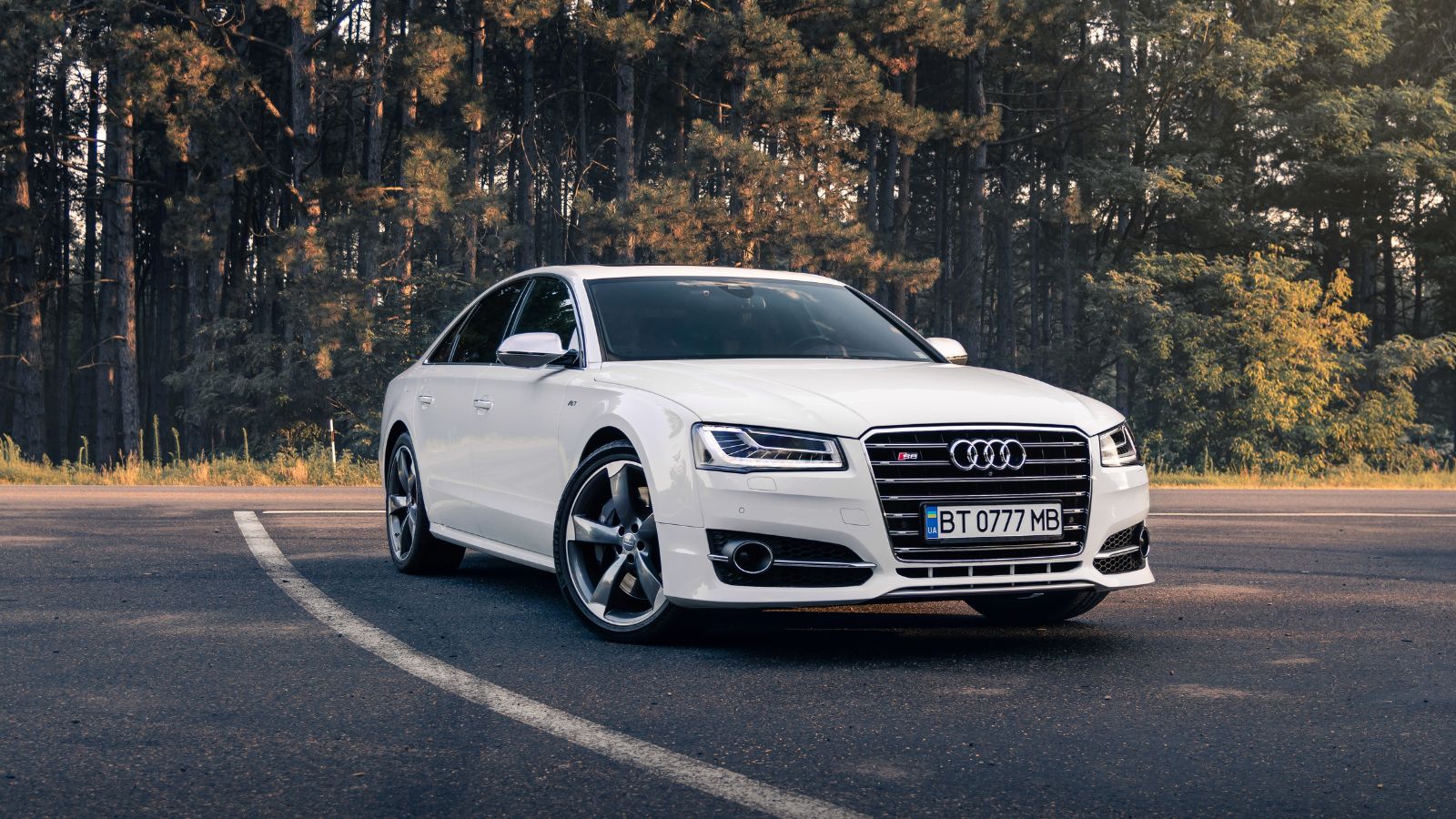
Audi’s 2015 appearance at the Frankfurt Auto Show was supposed to celebrate its sleek, efficient diesel models. Instead, the event became a PR nightmare as news broke of Volkswagen Group’s massive emissions cheating scandal, Dieselgate. As part of VW’s stable, Audi was dragged into the mess and accused of installing software to cheat emissions tests. The fallout was swift and severe, costing the company billions and shaking consumer trust in diesel technology. There’s nothing like a good old-fashioned emissions scandal to dampen the mood.
Mazda’s Rotorless Rotary Engine (2011 Tokyo Auto Show)
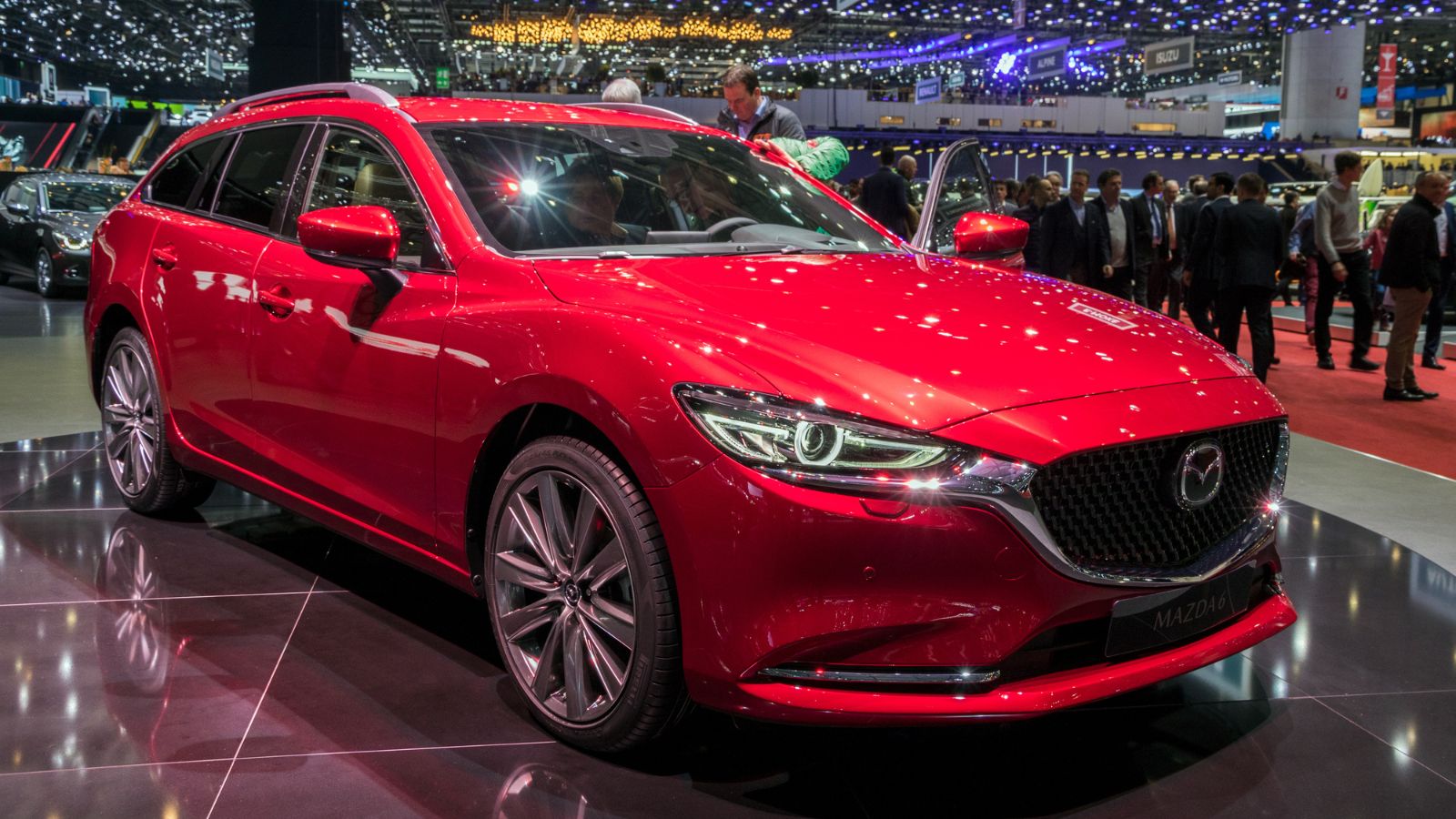
At the 2011 Tokyo Auto Show, Mazda enthusiasts were thrilled about a new rotary engine revival. Mazda had built a loyal following with its innovative rotary engines, particularly in models like the RX-7. So, when the company debuted a rotary engine concept without the rotary part — essentially a piston engine with extra steps — fans were more than a little disappointed. Mazda’s attempt to blend old-school innovation with new technology fell flat, making many wonder if the company had lost its way.
Chevy Volt’s Overstated Range (2010 Detroit Auto Show)
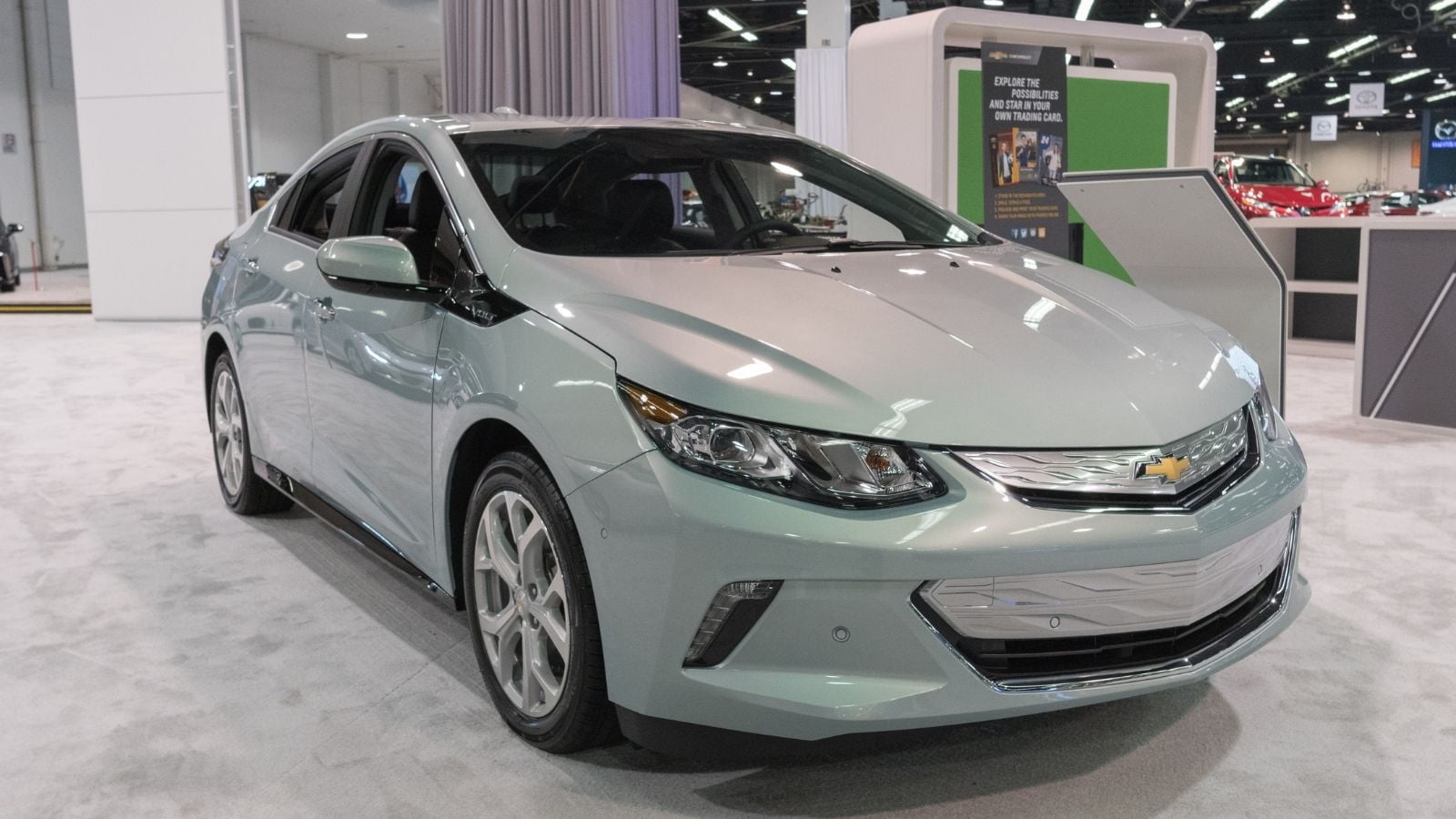
The Chevrolet Volt was lauded as the next big thing in hybrid technology when it debuted at the 2010 Detroit Auto Show. GM claimed the Volt could travel up to 230 miles on a single charge, a figure with eco-conscious drivers frothing at the mouth. The only problem? That number was, well, wildly optimistic. Real-world tests showed the Volt’s actual range was closer to 35 miles in all-electric mode. Whoops. GM eventually returned their claims, but the damage was done, and the Volt’s debut was more hype than substance.
The Lexus Hoverboard Letdown (2015 Tokyo Auto Show)

When Lexus teased a real-life hoverboard ahead of the 2015 Tokyo Auto Show, the world lost its mind. Had we finally reached “Back to the Future” levels of tech? Unfortunately, the hoverboard’s big reveal was a letdown of epic proportions. While the board did hover, it only worked on a specially designed magnetic track, rendering it useless in the real world. The result was more gimmick than groundbreaking innovation. Lexus still gets points for effort, but this hoverboard never took off.
Nissan’s Ghosn Gone Rogue (2018 Paris Auto Show)
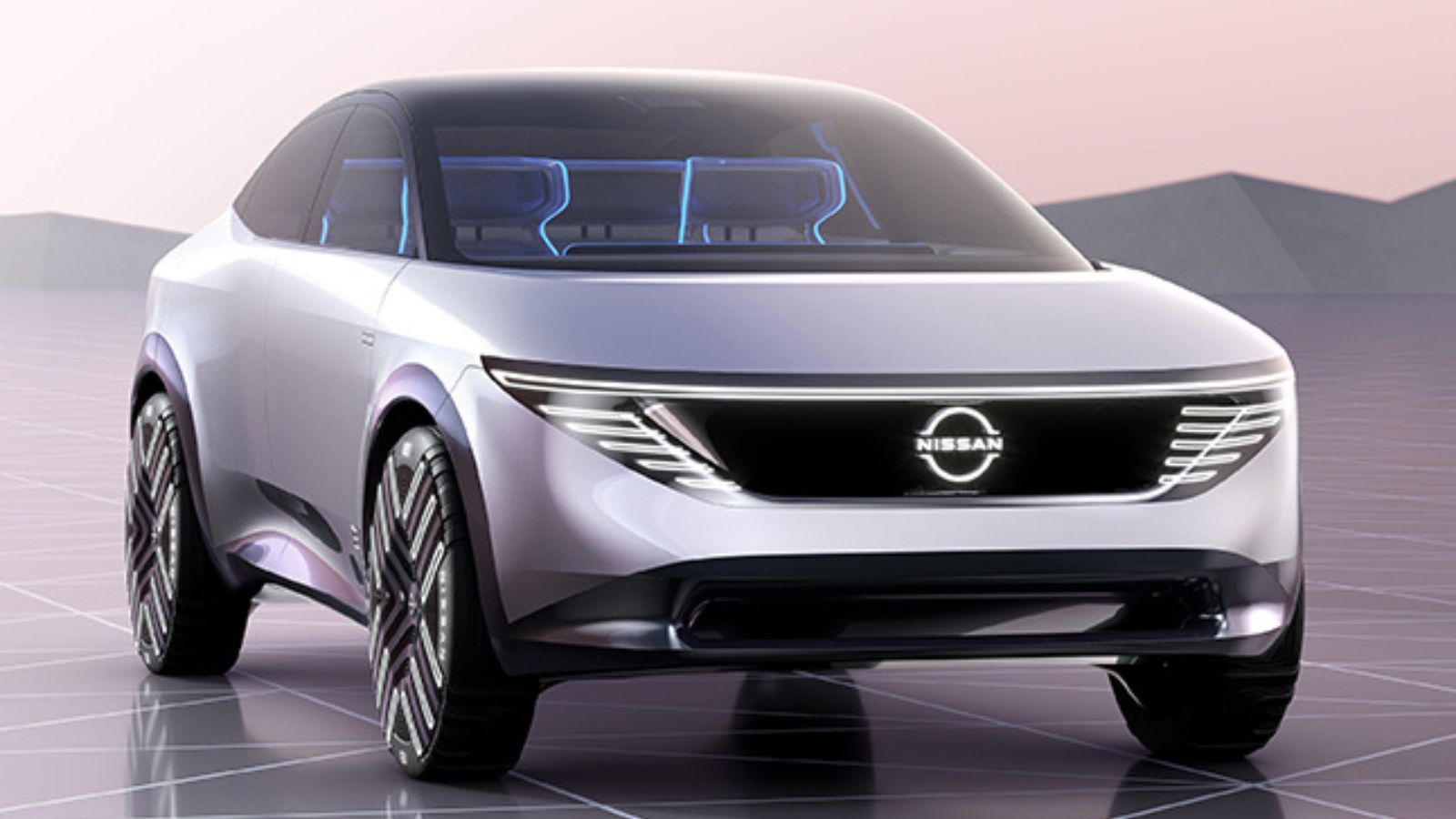
Former Nissan CEO Carlos Ghosn was once hailed as a titan of the automotive industry, but by the 2018 Paris Auto Show, he was embroiled in a scandal of epic proportions. Accused of financial misconduct and arrested in Japan, Ghosn’s fall from grace was swift and dramatic. Nissan attempted to carry on as usual at the show, but the shadow of Ghosn’s legal troubles loomed large over their display. In a twist worthy of a spy novel, Ghosn escaped Japan in a dramatic international incident, smuggled out in a musical equipment case.
Mercedes-Benz and the “Autonomous Car” Confusion (2015 CES)
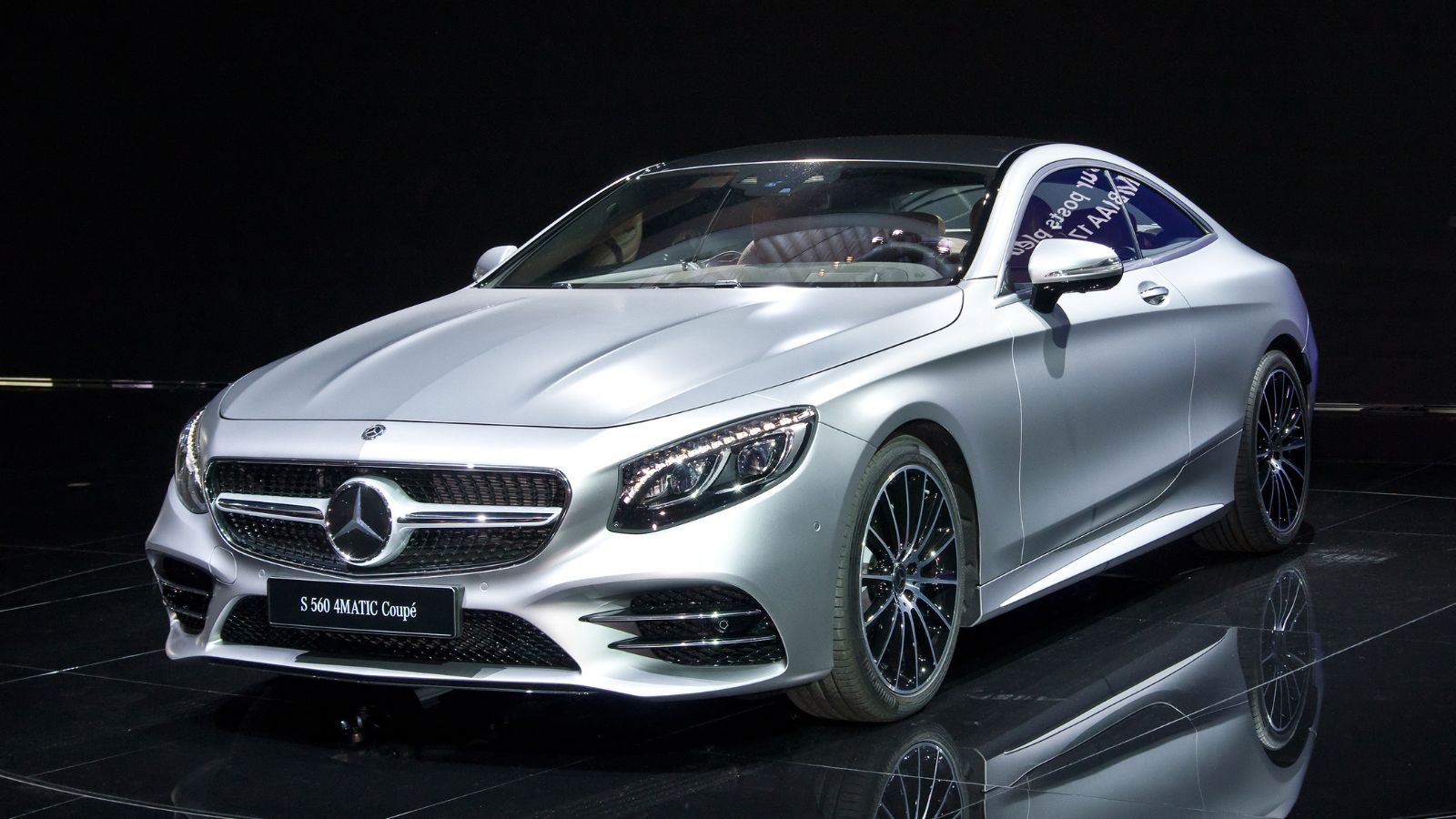
While not technically an auto show, Mercedes-Benz’s 2015 CES presentation in Las Vegas deserves a spot on this list. The automaker wowed the crowd with its futuristic F 015 Luxury in Motion concept car, which they described as fully autonomous. The catch? It wasn’t autonomous. Mercedes later clarified that the car was more of a “thought experiment” than a working prototype, leaving many attendees feeling misled. The future of driving may be autonomous, but Mercedes was a little ahead of itself in 2015.
The Lamborghini Urus and SUV Backlash (2018 Geneva Auto Show)
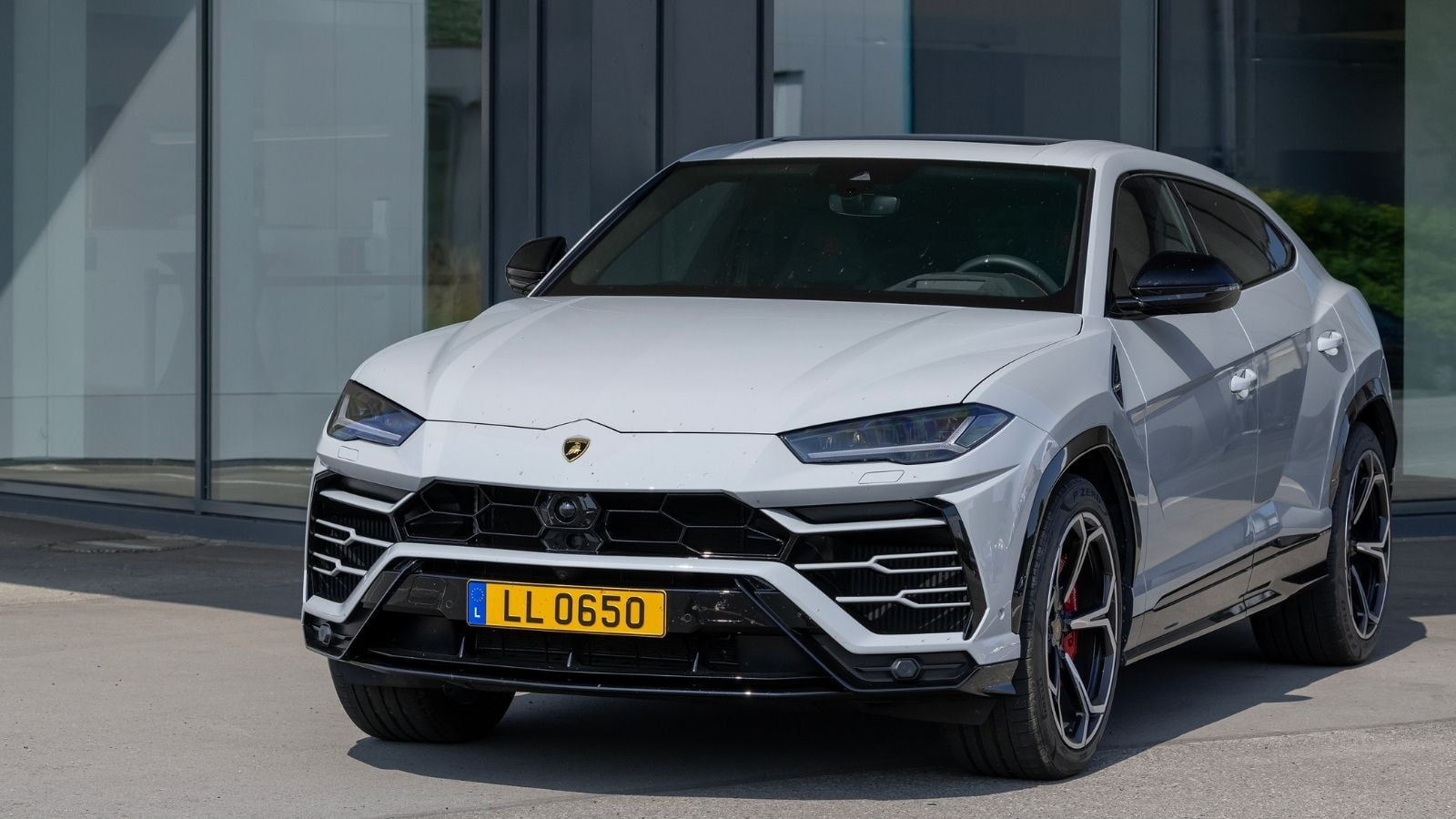
Lamborghini has long been synonymous with fast, aggressive supercars, so many purists were outraged when the brand unveiled its Urus SUV at the 2018 Geneva Auto Show. An SUV? From Lamborghini? It felt like sacrilege to fans who saw the brand as the epitome of high-performance luxury. While the Urus has since gone on to become a best-seller for the company, the initial backlash was intense, with critics accusing Lamborghini of selling out to the mass market. As it turns out, selling out isn’t so bad when your bottom line looks that good.
The Hummer EV Reveal (2020)

Once a symbol of excessive fuel consumption, Hummer made an unexpected comeback in 2020 as an all-electric vehicle, unveiled by GMC during a virtual event. While the EV transition was praised, many quickly pointed out the irony of turning one of the least eco-friendly brands into a poster child for sustainability. The reveal video, featuring LeBron James and plenty of flashy CGI, was criticized for being more style than substance, with few actual details about the vehicle. Talk about a power move.
14 Supercars Under $100K That Deliver Breathtaking Speed and Style
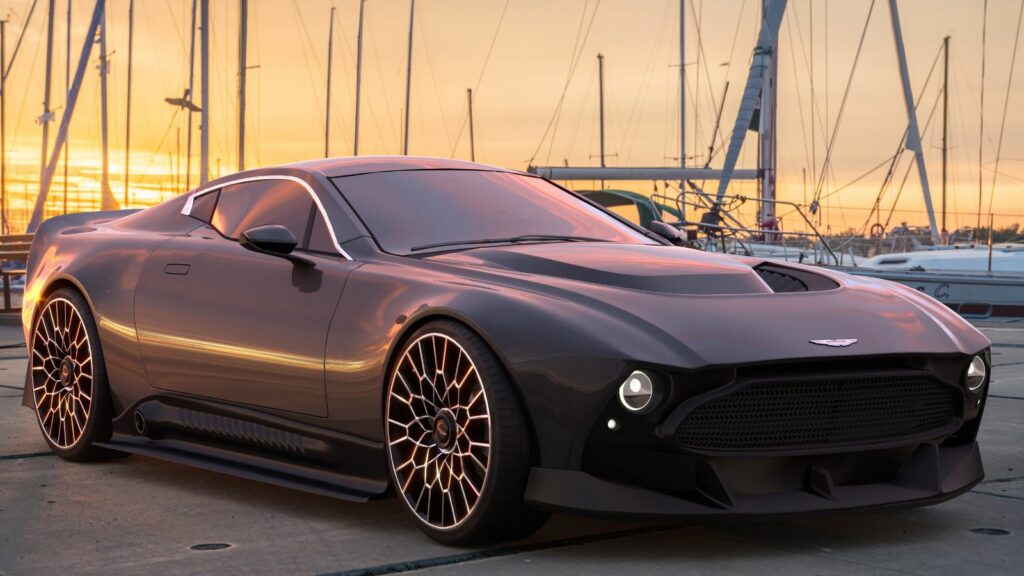
When you think of supercars, names like Ferrari, Lamborghini, and McLaren often come to mind, along with their staggering price tags. However, high-performance vehicles aren’t exclusively reserved for the super-rich. There exists a sweet spot where speed, style, and (relatively) sensible pricing converge, offering thrilling rides without completely obliterating your bank account. Hop in as we explore 14 underrated supercars under $100K.
14 Supercars Under $100K That Deliver Breathtaking Speed and Style
